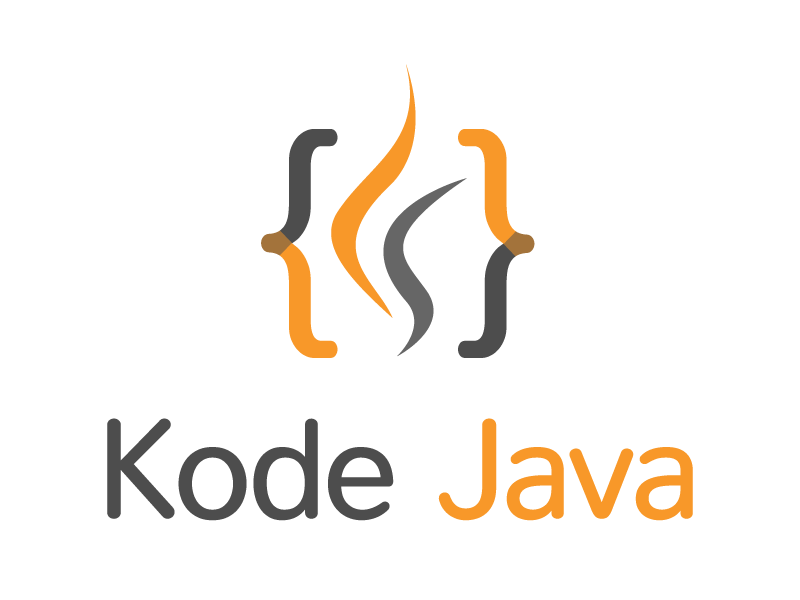You can assign a name to thread instance by using the setName() method and get the name of the thread using the getName() method. The naming support is also available as a constructor of the Thread class such as Thread(String name) and Thread(Runnable target, String name).
package org.kodejava.lang;
public class ThreadNameDemo extends Thread {
public ThreadNameDemo() {
}
public ThreadNameDemo(String name) {
super(name);
}
public static void main(String[] args) {
Thread thread1 = new ThreadNameDemo();
thread1.setName("FOX");
thread1.start();
Thread thread2 = new ThreadNameDemo("DOG");
thread2.start();
}
@Override
public void run() {
// Call getName() method to get the thread name of this
// thread object.
System.out.println("Running [" + this.getName() + "]");
}
}
